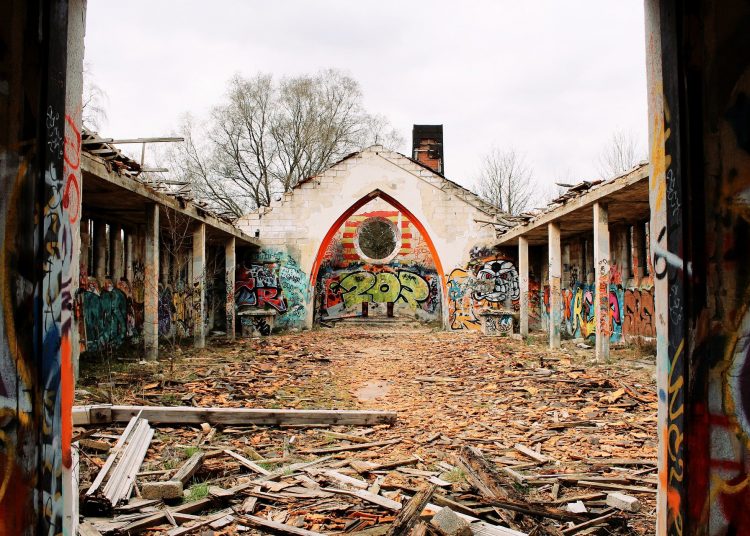The Organization for Security and Co-operation in Europe (OSCE) sounds the alarmby publishing a report documenting 595 attacks on Christians . Thisdata confirm the recent research of the Gatestone Institute, which spoke of 3000 attacks against Christians in 2019, to which “iFamNews Italy” has dedicated a special investigation . The most affected country, according to OSCE data, is France, with 144 cases. This is followed by Germany, 81 cases, Spain, 75 cases, and Italy, 70 cases. Courtney Mares, a journalist for the Catholic News Agency, divides the attacks into certain types .
Stolen consecrated hosts
In France, nearly 300 consecrated hosts were stolen from a church in February 2019. The news was provided to the OSCE directly by the Holy See, yet it failed to gain space on the French media pages . In addition to this episode, at least 14 other cases have been recorded in France in which the tabernacle was forced and the hosts were either stolen or thrown to the ground and trampled. In June 2019, a tabernacle full of consecrated hosts was set on fire. Similar episodes have also been recorded in Spain, where in some churches there have been repeated thefts, as if a real commando acted in order to steal as many consecrated hosts as possible.
Attacks and threats against priests
Also in June 2019, a Polish priest was beaten by a group of men who were trying to desecrate his church. The priest tried to stop them, got between them and the sacred furnishings, and was savagely beaten. Also in this case the news is confirmed and relaunched today by the OSCE , a reality certainly not Catholic, but once again it did not find an echo in the main European newspapers.
In April of the same year another priest was attacked in Spain while he was celebrating Mass, and in front of his faithful.
Another sensitive target are the statues, especially those of the Madonna, which seem to arouse special hatred. Also in France, a statue of the Madonna placed inside a replica of the Lourdes Grotto was beheaded in October 2019, while in Poland, almost simultaneously, some chapels of the rosary were desecrated with blasphemous graffiti. Also in Poland, where in recent months a real march against the faith has been underway , several statues of Pope Saint John Paul II (1920-2005) have been vandalized.
Arson attacks on churches
According to the OSCE, at least 20 arson attacks against Catholic churches occurred in 2019: the Gatestone Institute, on the other hand, speaks of over a hundred arson attacks. In Spain, a convent was set on fire and flames were also set on a statue of Jesus placed outside and on the altar of a nearby church. Also according to the OSCE report, several members of the Spanish Bishops’ Conference have received threats of arson in their parishes.
Meanwhile, just as these data are released, the list is getting longer: on Friday 13 November the altar of the church of Christ the King in Gothenburg , Sweden, was vandalized. A violent gesture of which the parish priest, Fr Tobias Unnerstål, wanted to emphasize the symbolic nature: «I wonder if the guilty person knows the Christian symbolism. What has been done is indeed very specific. We ourselves remove everything from the altar once a year, and it is before Good Friday. It is as if the profaner wanted to create an eternal Good Friday, the worst thing a believer can imagine ». In the attack, in fact, the altar was completely deprived of all furniture: away the sacred hymns, away the candles, away the tablecloth.
However, the support received from the local community was strong, which flooded the parish priest with phone calls and e-mails of support. As a reaction, then, the priest decided to extend the opening times of the church, inviting the faithful to enter and stop more often for prayer. When the church is open and busy, in fact, the risk of attacks decreases a lot, and several parishioners are organizing in shifts so that, especially during the week, there is always someone in the church to pray. Even for those who have profaned the church.




















Discussion about this post